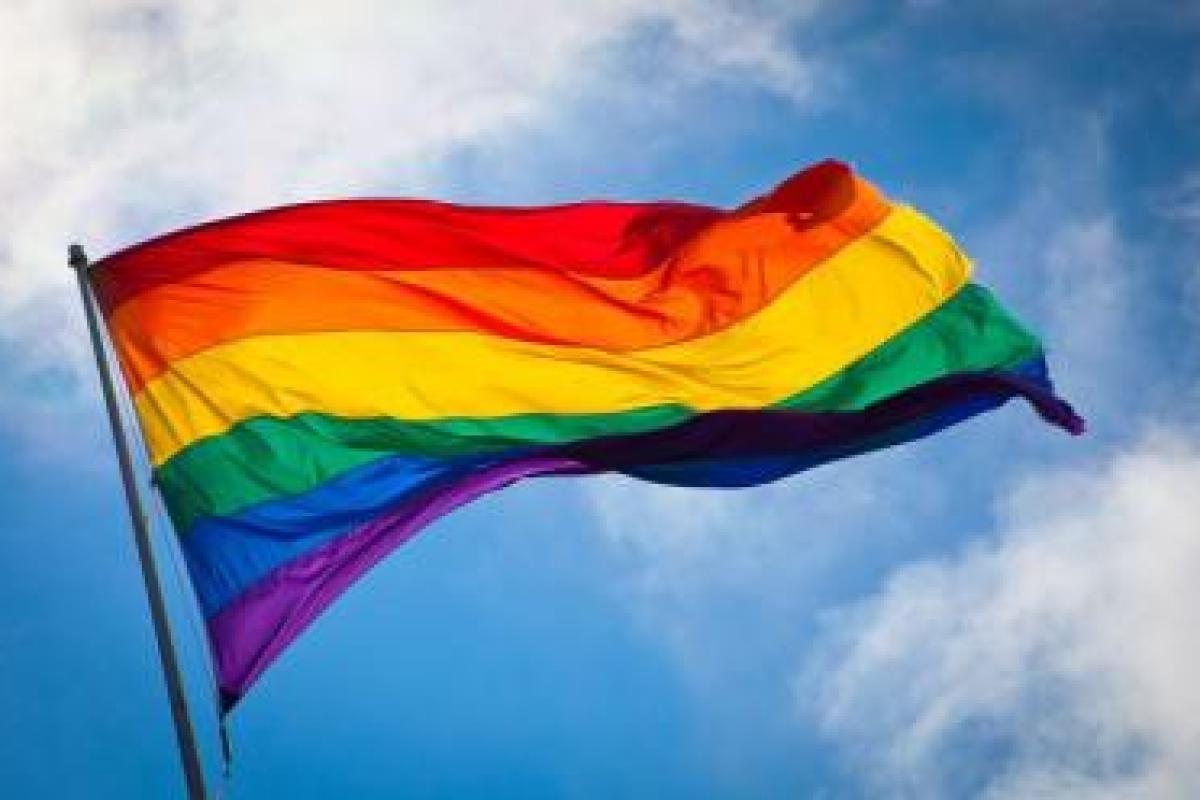Not that long ago Washington DC was awash with rainbow colours and delighted celebrations as the Supreme Court legalized same-sex marriage nationwide. A sea-change for America. And a signal for the rest of us, too.
Faster than ever before, attitudes are changing and what constitutes “mainstream” is diluting. We are embracing difference – seeing the value of not everyone being and doing and looking the same – as never before. This of course helps to enrich society, in so many ways. And for marketing organisations, this provides a huge opportunity. And a challenge: to seek to understand and engage groups of consumers that have previously gone unrecognised.
But this embracing of diversity and difference should be more than just a campaign for marketers and the creative industry at large. It should be something tangible that consumers, clients and employees feel, at their core, is being delivered by brands, corporations and employers.
A key to creating true diversity and inclusion in the culture of a company stems from recruitment. And here lies the challenge for organisations to shake up the foundations of their workplace philosophy to ensure that inclusivity is something that is indeed tangible for both employees and clients. Diversity cannot simply be preached by agency leaders as a buzzword. Instead, a fundamental change in recruitment and in business leadership needs to happen.
The practical steps that can be taken within recruitment and HR to create a more diverse workforce within an agency can be summed up in three key areas: investment, role models and tracking. Investment in creating employee networks, enrolling on programmes such as Stonewall Diversity Champions, promoting diverse talent and developing a clear strategy to drive diversity: all of these are important to attract and retain diverse staff, and to give a real quality of diversity branding to the company’s work. Role models across all levels of an agency are needed to celebrate and promote diversity. And tracking and measurement of who is within your agency in order to set targets and benchmark levels of diversity are essential to demonstrate that the changes are happening.
The pace of changing attitudes in society about what constitutes mainstream, and the recognition of the value of diversity, have not yet been reflected in the lifeblood of many marketing organisations, or indeed in business at large. There are some initiatives that are breaking new ground in changing this. Ogilvy Pride, for example – the LGBT and straight ally network of Ogilvy & Mather – encourages employees to be individual, diverse, and authentic to themselves. Through being an authentic individual in the workplace, an employee can bring out the greater creativity in themselves. The confidence that comes from being supported in who and what you are, and the ability to reach out to all parts of society that follows from that, are invaluable to the success of a creative business.
If you are committed to building a creative organisation, the first thing you need to do is to embrace ideas and ways of thinking that are different to your own. This means celebrating difference. Diversity and inclusion are just as important for the next phase of creativity within the industry, and to ensure effective marketing, as they are for good personnel relationships within a company.
It is not just creative organisations that are starting to recognise the benefits of diversity. For the past twenty years the banking and legal sectors have invested heavily to ensure they have a range of different people in their organisation. For example, Deutsche Bank, IBM, EY, Barclays, Reed Smith and Thomson Reuters have made strong progress to promote LGBT inclusion within their business, implementing the key areas of investment, role models and tracking to drive change.
By 2020 it is estimated that in London the traditional mainstream majority will be outnumbered by minority groups in aggregate. Across the country, most people will be more at ease with the acceptance and even celebration of difference. Agencies need to reflect more the people in the market in which they are operating, in order to understand and embrace this huge shift in society to the full. Only then will the true commercial opportunity be realised.
Ogilvy’s mantra that “advertising reflects the mores of society” is as relevant today as it was forty years ago. This is particularly so, of course, with the rise of digital advertising, which allows for much greater targeted marketing. It’s almost as if digital marketing was conceived with diverse audiences in mind. An understanding of the differing cultural nuances that exist within a wide spread of different consumer groups, and reflecting these in marketing content, is a key to increasing effectiveness within communications.
Shifts in social attitudes; the considerable spending power of minority groups; the creative bonus that comes from recognising the variety within markets; and the importance of supporting and sustaining the confidence of all employees, no matter who they are, and drawing out the very best from them: all of these are fundamental to the success of contemporary marketing. And in order to do this, businesses must look to their recruitment, their policies, their culture, and their leadership. Diversity must become more than just a slogan.
Chris Smith and Andrew Barratt

